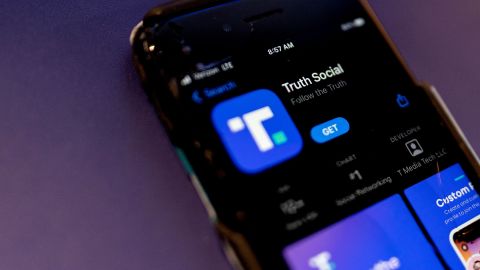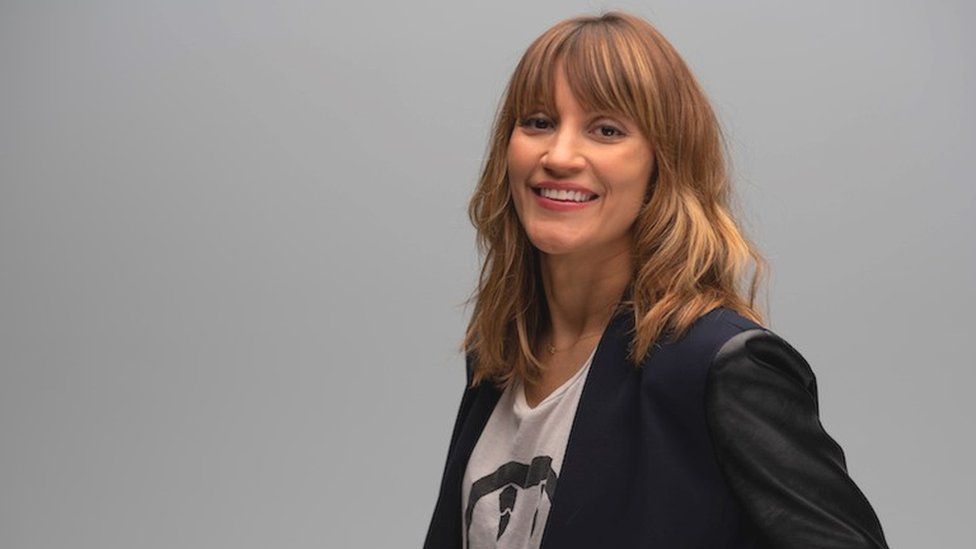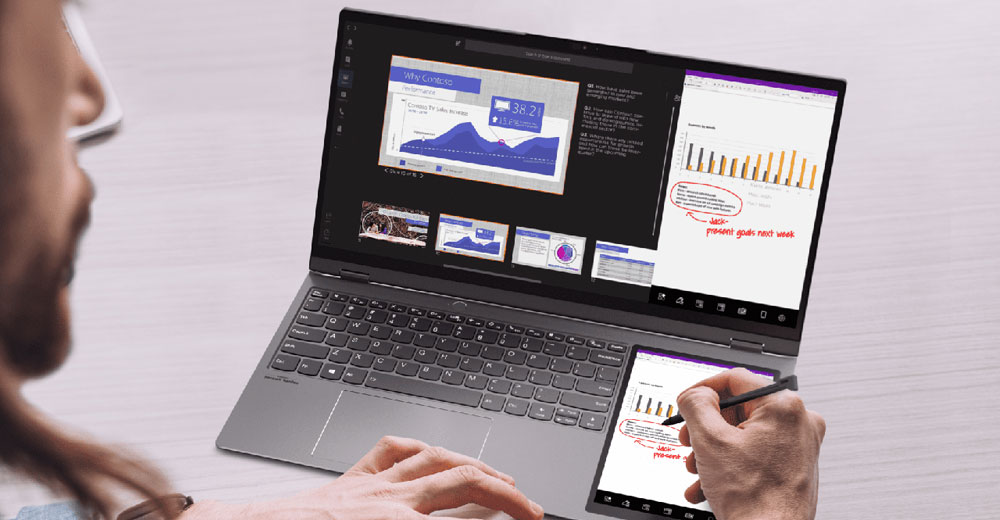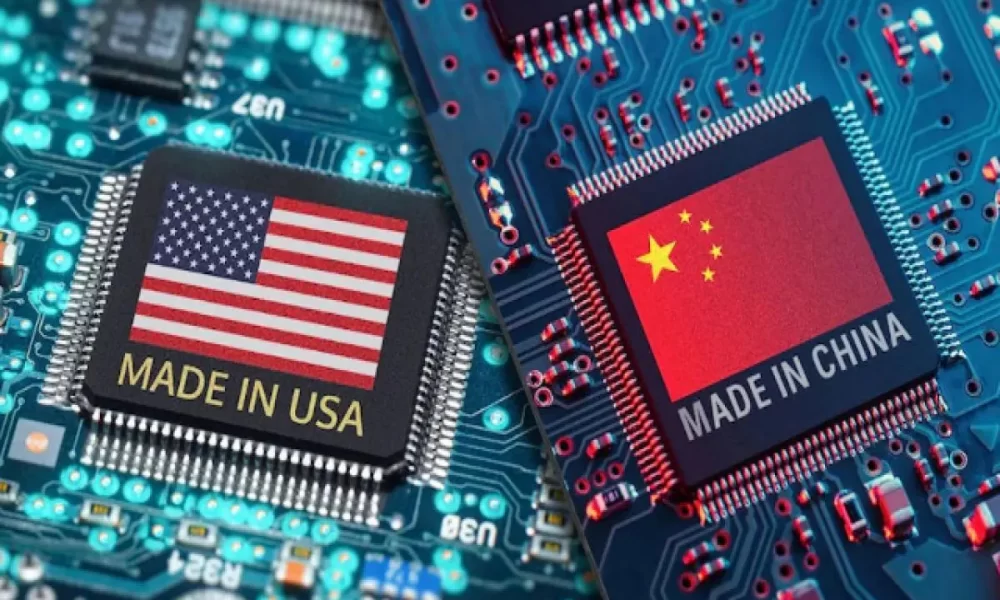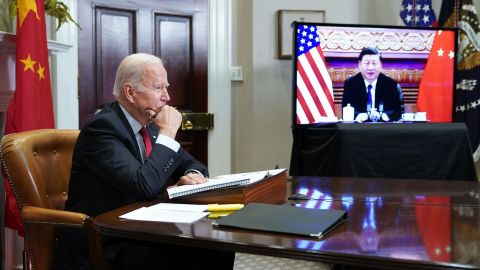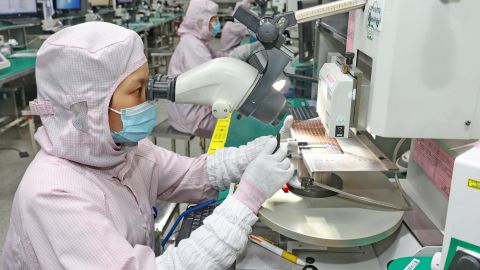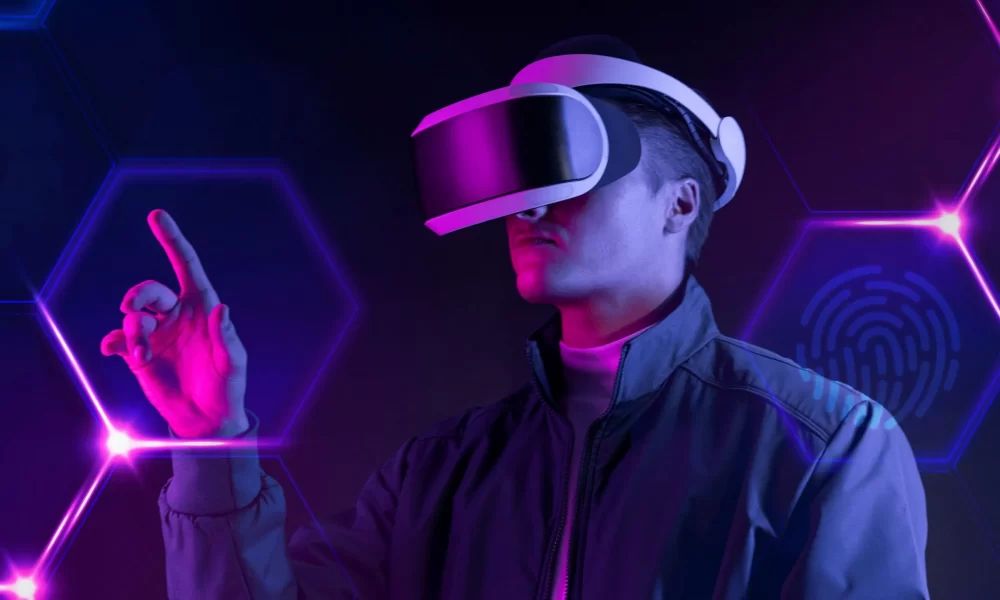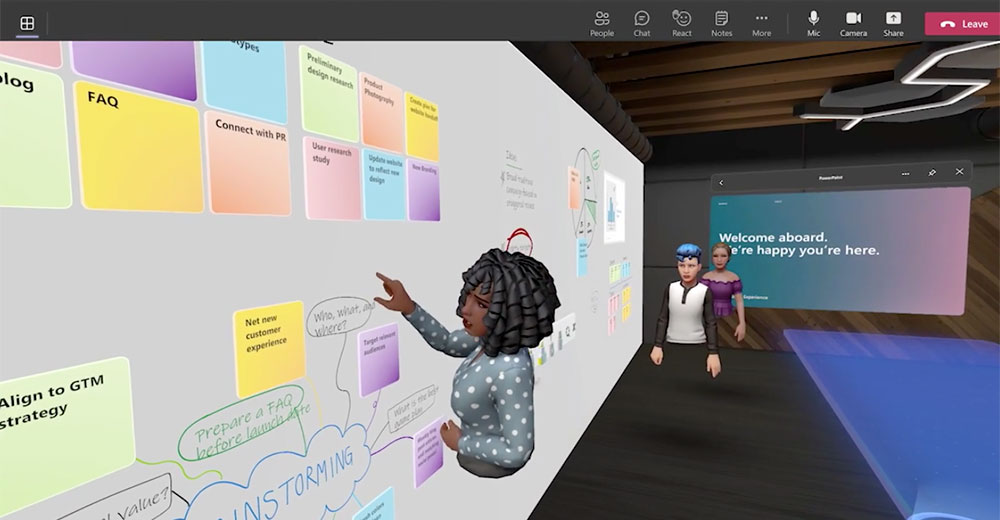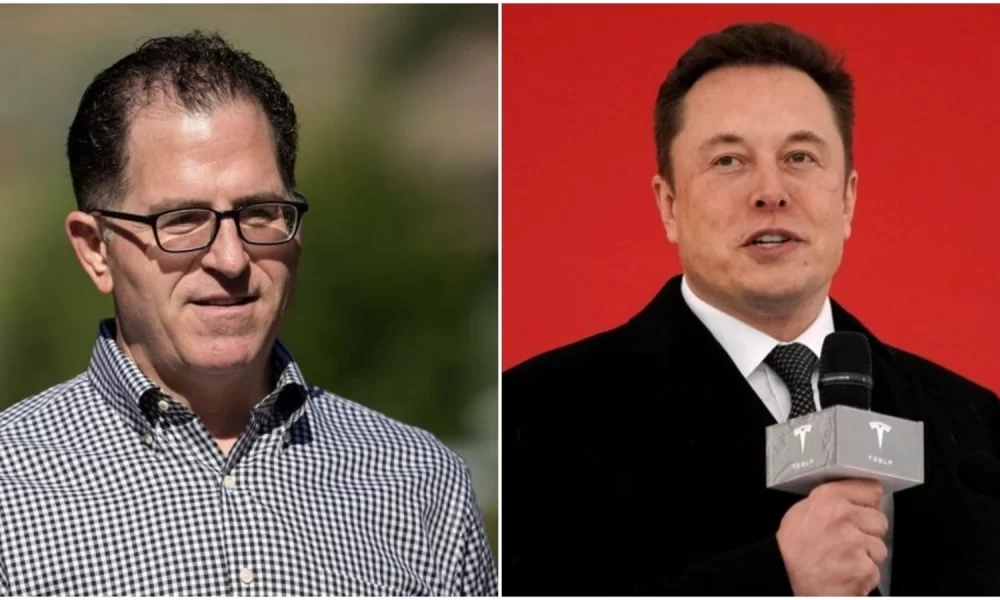Facebook-parent Meta is preparing to announce one of the most consequential decisions in the company’s history, a landmark move that will set a precedent for online speech and could affect the course of the 2024 US presidential election.

The decision, whether Meta should allow former President Donald Trump back on Facebook and Instagram, is being debated by a specially formed internal working group at the company, according to a person familiar with the deliberations. Meta spokesperson Andy Stone told CNN Wednesday the decision is set to be announced in the coming weeks.
Facebook and other social media platforms banned Trump in the aftermath of the January 6 attack. The bans were seen as necessary by tech executives, and indeed many on Capitol Hill, believing Trump could use its platforms to incite further violence.
Facebook considering whether to allow Trump to return, decision expected in ‘coming weeks’
But the unilateral decision on the part of companies like Facebook and Twitter troubled free speech advocates and other world leaders, who worried about the precedent it might set. The office of then German chancellor Angela Merkel called the bans “problematic,” and Russian opposition leader Alexei Navalny described it as “an act of censorship.”
Now, two years later, Meta is contemplating giving Trump back his megaphone on Facebook and Instagram. The debate comes less than two months after Twitter restored Trump’s account, but Meta’s intention to reevaluate the decision predates Twitter’s reversal.
Facebook initially said its ban of Trump would be indefinite. But after a public consultation and deliberation with experts, the company announced in June 2021 that Trump’s ban would be reassessed in January 2023, two years after the initial decision.
Democratic lawmakers on Capitol Hill sent a letter to Meta last month urging the company to keep Trump off its platforms, arguing Trump continues to attack American democracy by repeating lies about the 2020 election. Republicans, free speech advocates, and others argue maintaining the ban is an undue act of censorship and could put Trump at a disadvantage as a 2024 candidate.
“It’s a judgment call,” acknowledges Katie Harbath, a former public policy director at Facebook. “It’s very important to recognize that both of these decisions are going to have a ton of impactful consequences. And it would be foolish to think that either way is an easy decision,” she told CNN.
Harbath, who worked in Republican politics before joining Facebook, said while she believed it was the right decision for Facebook to suspend Trump in January 2021, she has struggled with the issue.
“In the lead up to that moment, I was still defending keeping him on the platform, because as horrible as some of the things were that he posted, I still just couldn’t get myself past the point that I thought that people deserve to know what the people that are representing them have to say,” she said.
But Harbath said she believes Trump should be allowed back on the platform with a stringent set of rules outlining how he could be suspended if he once again breaks the company’s policies.
“I don’t think it should take another January 6th level event in order to do that,” she said.
Harbath, now the CEO of Anchor Change, a tech policy consulting firm, has published a proposal for how Trump could return to the platform.
The dilemma Harbath outlines – allowing politicians to remain on social platforms even if they are breaking the platforms’ rules, and the belief that voters should be able to see the good, bad, and ugly, from politicians so they can be held to account – is something Silicon Valley executives like Meta founder Mark Zuckerberg and Twitter co-founder Jack Dorsey have long grappled with.
But others disagree, believing Trump’s reappearance on the platform could once again set the stage for a dangerous event.
TikTok might be too big to ban, no matter what lawmakers say
Harbath’s former colleague Crystal Patterson, Facebook’s former head of global civic partnerships, said Trump should not be allowed back on the platform. Patterson, who previously worked in Democratic politics before joining Facebook, said Trump has shown he is willing to use the platform to cause harm.
“There’s been no shortage of hearing from him,” she said. “It’s not like because he hasn’t been on Facebook or Twitter that he’s had any trouble getting his message out or had any trouble making sure people know how he feels about things.”
Although Harbath’s and Patterson’s position on Trump’s possible return happen to match their political affiliations (Harbath points out that although she is a Republican she never voted for Trump), both cited past instances where they agreed with Facebook decisions that went against what their respective parties might have wanted. The former employees stressed how deliberative the decision-making was at Meta and that the company was always conscious of not appearing to put its finger on the scale to help or hinder one party — though leaders in both parties would probably argue they didn’t succeed.
The company has set up an internal working group with leaders from different parts of the organization, including Meta’s policy, communications, and content moderation teams, to help make the decision, according to a person familiar with the process.
In its deliberations, Meta said it is considering factors like “risks to public safety” and “imminent harm.”
Those parameters are too vague, said Nico Perrino, a free speech advocate and executive vice president at the civil liberties group Foundation for Individual Rights and Expression (FIRE).
“Determining who gets to speak or who gets to have an account on Facebook or any other social media platform based on the mood of the country is a policy or a prescription that is ripe for abuse,” Perrino told CNN. “I can’t think of what that rigorous standard would be that would make this policy be applied fairly, not just to former President Trump, but to any politician.”
A person familiar with Trump’s operation said the suspension of the former president’s Facebook page, which has more than 34 million followers, damaged his ability to find new donors, impacting his political movement and forcing him to use his Save America leadership PAC to run advertisements on the platform. Even those ads can’t be done in Trump’s voice, however.
“The advertising has been less efficient without his likeness,” this person said. Allowing Trump himself back on the platform “would allow him to communicate again with tens of millions of followers. It would allow him to prospect again for fundraising and lower his cost for fundraising overall.”
No directive: FBI agents, tech executives deny government ordered Twitter to suppress Hunter Biden story
A current Trump adviser said the former president has never used Facebook in the way he used Twitter, which became his primary medium for communicating with his political base as president before he was removed from the platform in the wake of the January 6 attack. Still, this person said, the Trump campaign would leap at the opportunity to resume using his likeness in its Facebook advertisements.
“It is the most important vehicle for fundraising and for reaching a lot of people in the persuadable audience,” the adviser said.
The process Meta is undertaking – publishing detailed posts and policy documents transparently outlining how it plans to make the high-stakes decision – is in stark contrast to what is happening at Twitter.
In November, new Twitter owner Elon Musk restored Trump’s account after posting an unscientific poll of users on the platform. Trump, once arguably Twitter’s most influential user, has yet to post on the site since his account was restored.
But it may not be as simple as accepting Musk’s invitation. Trump now has his own rival social media platform, Truth Social, which he launched in February. While the platform initially saw a surge of interest from right-wing users, it has struggled to sustain that growth. Trump, by far the most-followed account on Truth Social, has fewer than 5 million followers on the platform, compared to almost 90 million on Twitter.
Despite his desire for a bigger megaphone and aides encouraging him to rejoin Twitter, Trump has said he is committed to Truth Social. Some in Trump’s orbit say he is bound by an exclusivity agreement with Trump Media and Technology Group (TMTG), the parent company of Truth Social, that could create legal trouble if he abandons his own social media platform for Twitter, Facebook, or an alternative.
That agreement, which first appeared in a May filing to the Securities and Exchange Commission, was news to some of Trump’s senior aides who were left wondering why Trump didn’t jump at the opportunity to rejoin Twitter when Musk reinstated his account just before Thanksgiving, according to two people with knowledge of the matter.
The terms of the agreement require Trump to post first on Truth Social and wait at least six hours before sharing the same message to other social media platforms. There are exceptions, however, for posts related to “political messaging, political fundraising or get-out-the-vote efforts,” and it is unclear who would be responsible for enforcing the agreement – and whether they would be willing to – if Trump ever ran afoul of it.
Advisers to Trump have pointed to the vague contract language as a potential loophole, particularly now that Trump has officially announced a third presidential run in 2024. Some in his orbit believe the language could open the door for him to claim that anything he posts counts as “political messaging” while he is an active presidential contender.
“Ultimately, Trump is going to do what he wants to do,” said one source close to the former President. “He’ll figure out a way around any agreement.”
Meta’s decision could act as a guidepost for other platforms that also suspended Trump in the wake of the January 6 attack, including Snapchat and YouTube. Those companies were already beginning to face pressure to reconsider their bans after Trump’s announced he’d seek reelection in 2024 and Musk gave him back his Twitter account.
Meta’s decision — regardless of where it comes down — could provide cover for other social media companies to make similar moves.
“Usually these companies do fly in a flock and whoever makes the first movements, other companies do tend to try to, in succession, follow behind because the initial company takes the biggest media hit and then the rest of them don’t suffer the reputational hit of being the first technology company to make a decision,” said Joan Donovan, research director of the Shorenstein Center on Media, Politics and Public Policy.
Silicon Valley layoffs go from bad to worse
Because of the scale and influence of Facebook and Instagram, “whatever decision Meta comes to … will inevitably be influential,” said Paul Barrett, NYU law professor and deputy director of the Center for Business and Human Rights. “The more explicit and the more persuasive Meta’s explanation for whatever’s decision is, the more likely it is to influence others, which is all the more reason why it would be good for them to try to make a clear and helpful statement [about the decision].”
More broadly, Meta’s decision about Trump — and any new policies it articulates to explain the decision — could impact how it and other platforms handle politicians and other influential figures going forward. In the wake of Meta’s landmark decision to remove Trump, many followers of the company questioned why the company hadn’t taken more serious actions against his earlier rule violations, and how it would apply its thinking on Trump to potential future violations by other world leaders.
Meta has previously said that if Trump’s accounts are restored, he could once again have them revoked if he breaks the platforms’ rules. “When the suspension is eventually lifted, there will be a strict set of rapidly escalating sanctions that will be triggered if Mr. Trump commits further violations in future, up to and including permanent removal of his pages and accounts,” Nick Clegg, Meta’s president of global affairs, wrote in a blog post in 2021.
The rubric Meta could apply to Trump going forward — if his account is restored — would likely hinge on whether his actions reignite the possibility of physical violence, Clegg suggested at an event last fall in Washington. Trump likely would not face suspension for repeating false claims about election outcomes, he added.
“It’s not whether you say the truth or not, it’s whether what you say or do incites violence and can be clearly linked to developments in the real world which threaten real world harm,” Clegg said. “It’s not about truth or lies.
Now, the question will be whether that practice would be broadly applied to other leaders.
“[Trump] is a newsworthy and historical figure that has not been convicted of any crime, and if Meta is dedicated to the same kind of free speech values that Twitter is, then they would likely let him back on,” Donovan said. “The big question is about network incitement … there’s no other technology in which a politician or political operative could incite such fervor as openly as they were able to do for January 6, and the technology hasn’t changed in any significant way that would prevent something like this from happening again.”





